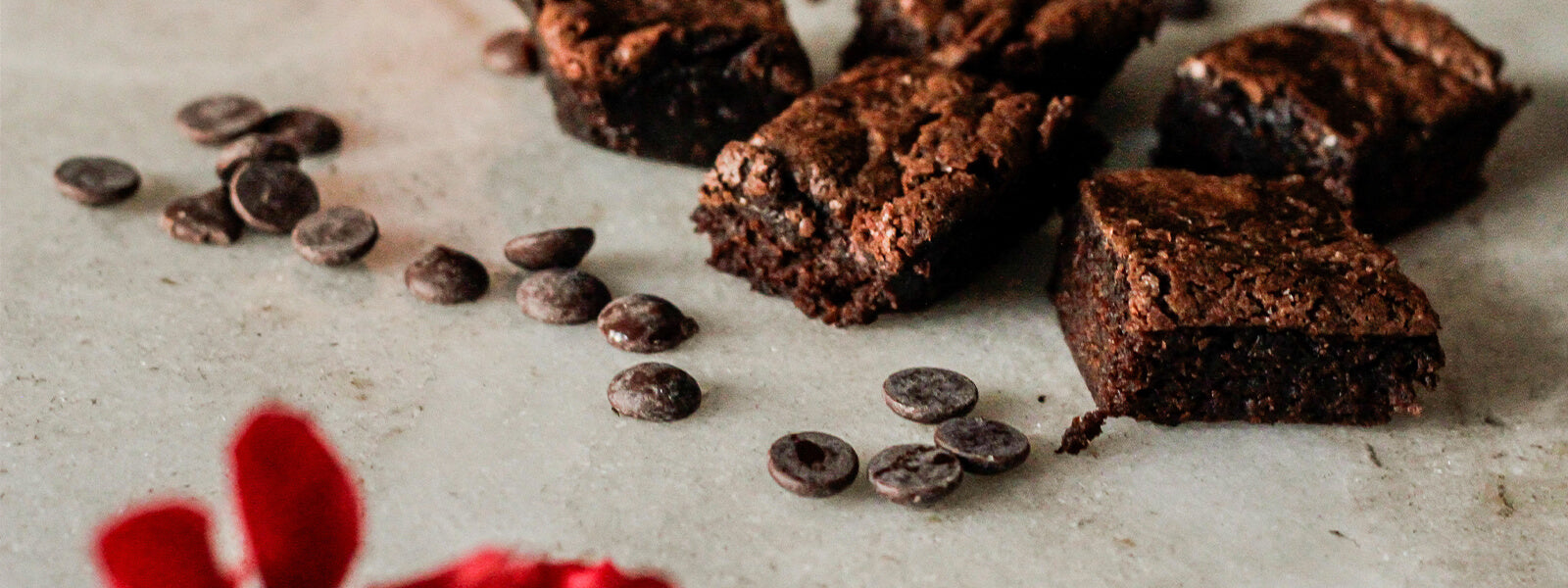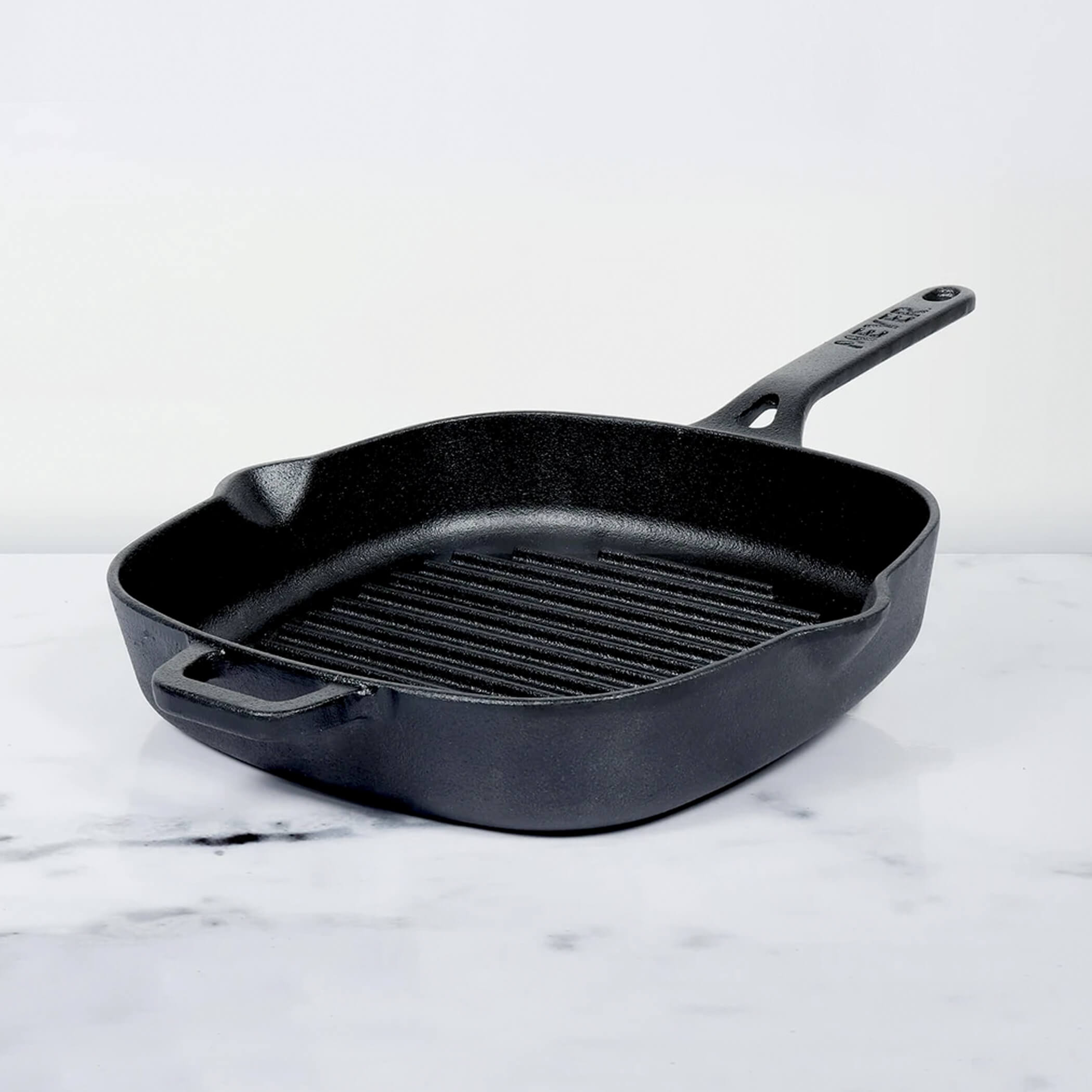Eclipta Prostrata, often known as False Daisy or Bhringraj, is a member of the Asteraceae plant family (sunflower family). Both warm tropical and temperate regions around the world are popular places to find the plant growing. However, it is extensively available in Brazil, Thailand, China, India, and Nepal. Other common names for the plant include Eclipta, tattoo plant, White Eclipta, White twin heads, swamp daisy, white heads, Bhringaraj, Congo lana, Thistles, Trailing Eclipta, yerba de tago, and yerba de tajo. The generic name Eclipta is derived from the Greek word ekleipta, which means to be lacking and alludes to the achenes' lack of pappus. The term prostrata, which refers to the prostrate growth habit, comes from the Latin word "prostratus." In the American tropics, it is a common weed, but in several of the northern U.S. states, like Wisconsin and New York, it is a natural plant that is endangered or vulnerable.
Table of Contents
Other names of Eclipta:
Eclipta alba, sometimes referred to as False Daisy or Bhringraj, is a member of the Asteraceae plant family. The name "Bhringraj" for the eclipta alba is used in Sanskrit and Hindi, "kehraj" in Assamese, and "karisalankanni" in Tamil.
Plant description of Eclipta:
Eclipta is an annual herb that reaches a height of about 90 cm and is heavily branching, varied, prostrate, ascending, or upright. The plant grows in locations with poor drainage, including moist black soil prairies, muddy pond and river margins, ditches, and sections of fields, gardens, and yard edges. Although this plant occasionally grows in drier, more developed places, disturbed wetland habitats are where it is most frequently seen. Loamy to mucky soil and moist to mesic conditions are preferred by the plant. The plant has fleshy, non-woody, thin, reddish stems up to 30 centimetres in length or more, covered in short, stiff hairs that root at the lower nodes, and well-developed, cylindrical, greyish roots.
Leaves of Eclipta:
The opposing leaves are simple, tough, dull green, and oval to oblong-lanceolate in shape. They are 1-3 cm wide and 2-10 cm long. The majority of the structures are sessile, with a sharp or blunt apex, an attenuated base, and an entire or slightly serrated edge. The lower leaves occasionally have short petioles, prominent veins, and basally inflated hairs on both surfaces.
Flower of Eclipta:
Sessile white flowers form a cluster in flower heads that can be solitary, pair, or have a diameter of up to 1 cm. Peduncle, 0.5-7 cm long, thickened at the top, hairy, varied in length Green, oval, involucral bracts, 5–6, in two rows, outer ones 4-6 mm long, interior ones often shorter, conspicuous, and hairy. Marginal, pistillate, and fertile describe ray flowers. Corolla is 2-3 mm long, white, and ligulate. Disk flowers are many, centred, flawless, fertile, and have tiny, 1.5–2 mm long corollas that are pale and tubular. Five distinct filaments make up each stamen, and the anthers merge to form a tube that encloses the style.
Fruit of Eclipta:
Fruit is a wedge-shaped, light-brown to black, laterally flattened, 2-3 mm length, and 0.9 mm wide achenes. Short, typically white hairs on the apex that are readily broken off, but the two horn-like projections on the pappus are frequently absent. The remainder of the achene has several tiny warts and is glabrous.
Chemical constituent of eclipta:
Wedelolactone, dimethyl wedelolactone, desmethyl-wedelolactone-7glucoside, isoflavanoids, flavanoids, glycosides, triterpine, ß-amyrin, luteolin-7-O-glucoside, luteolin, stigmasterol, alpha-terthienyl-methanol, beta-amyrin wedelic acid, ecliptine, alkaloids, and saponin are the major
Nutritional value of eclipta:
Eclipta is a member of the sunflower family. Protein and alkaloids are abundant in bhringraj extract. In addition, it contains calcium, magnesium, iron, polypeptides, vitamin D, and vitamin E. It has antioxidant, antiviral, antibacterial, antileprotic, and analgesic properties thanks to all of these components.
Health benefits of eclipta:
- The entire plant is used as an emetic, antiseptic, febrifuge, tonic, deobstruent in hepato- and spleno-enlargement, and deobstruent.
- The juice is administered along with aromatics for anaemia, catarrh, and cough.
- The plant is additionally employed as a scalp tonic to encourage hair growth.
- In viral hepatitis and other disorders requiring hepatic enlargement, bhringaraj is frequently used as a deobstruent to encourage bile flow and protect the liver parenchymatous tissue.
- In addition to being used to treat edoema, fevers, liver diseases, and rheumatic joint pains, the fresh juice of the leaves is also used to increase appetite and promote digestion.
- Honey is added to the juice while treating children's upper respiratory congestion.
- The hair turns black and shiny after being boiled in either coconut or sesame oil with fresh leaves.











Leave a comment